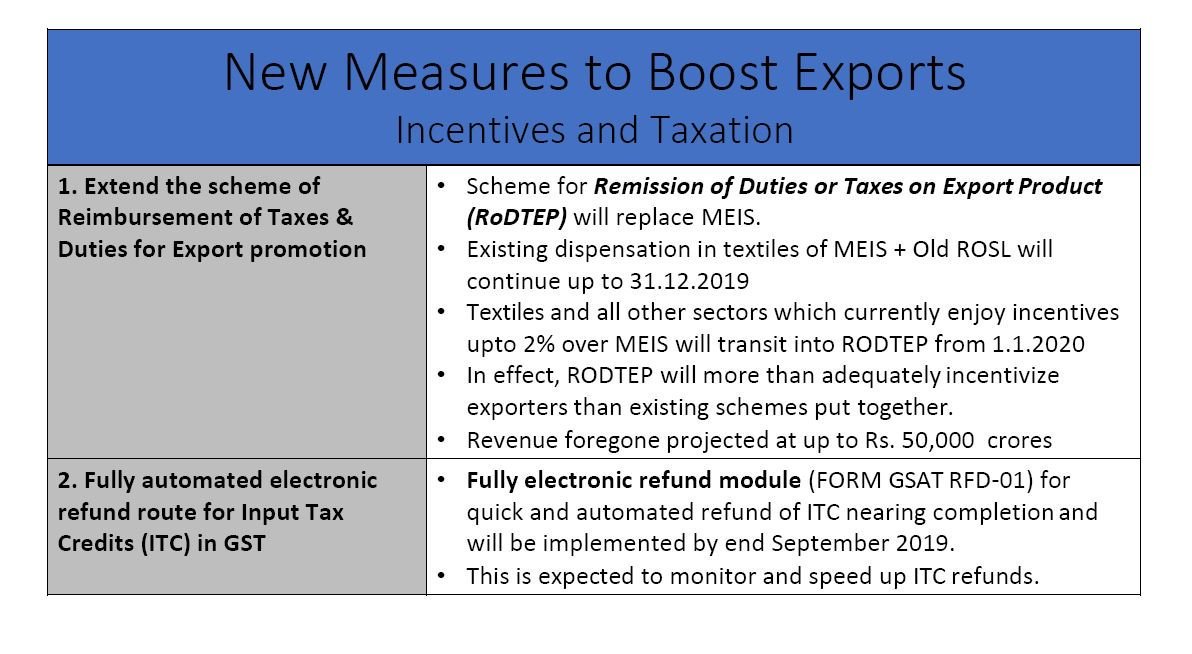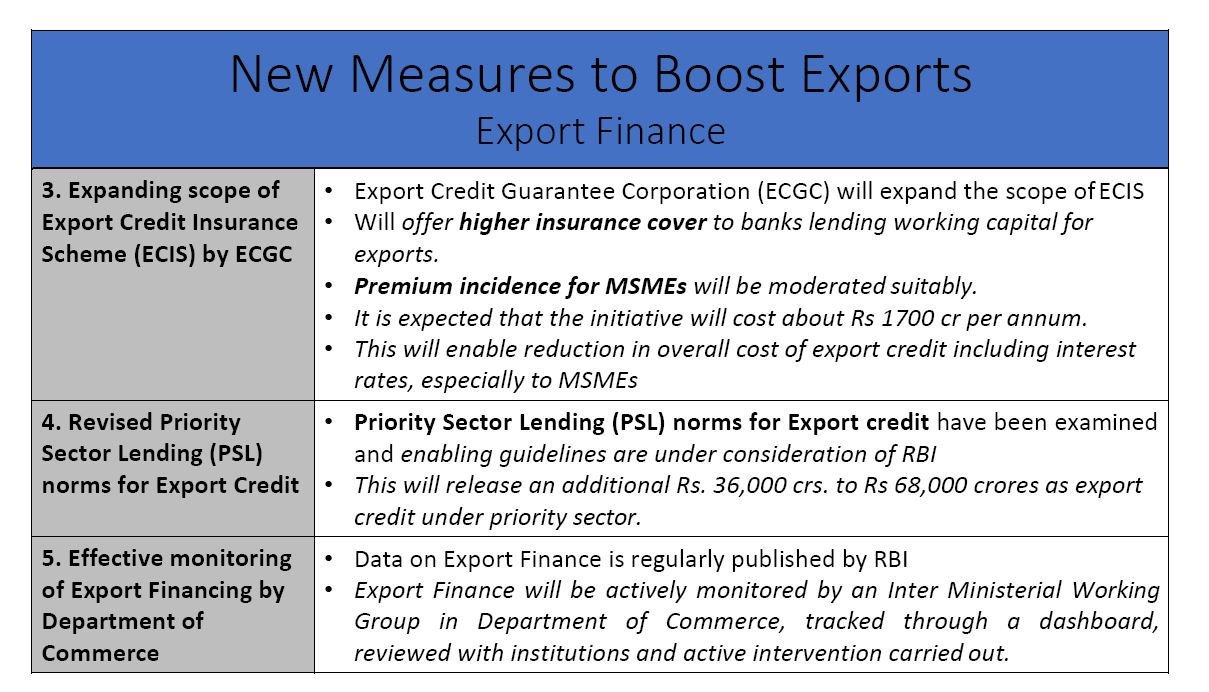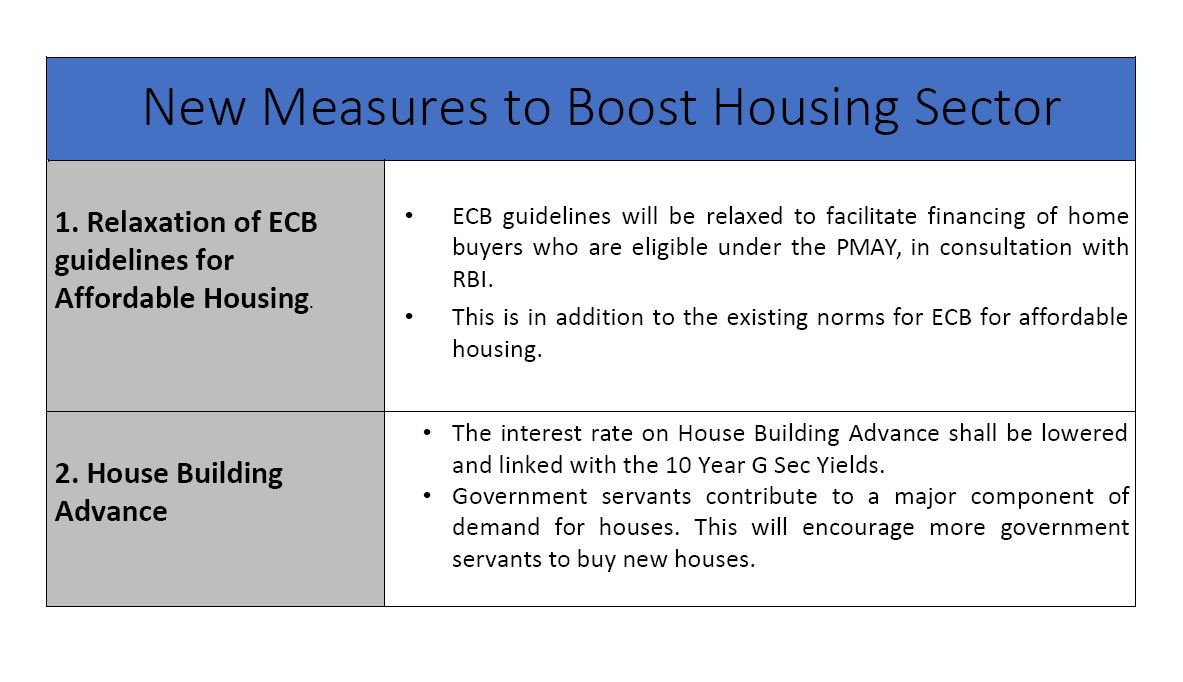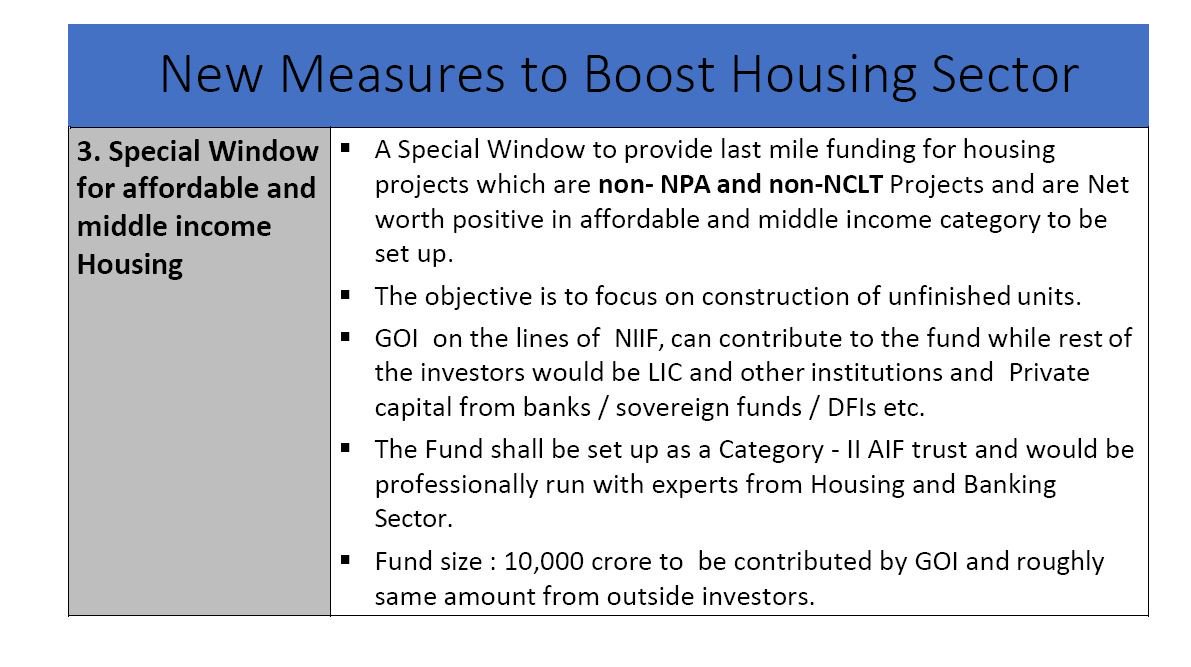PIB Analysis for UPSC CSE
Topics Covered
- Delhi declaration
- Maritime Communication Services
- Land pooling
- Bamboonomics at ‘COP 14 UNCCD : TRIFED-GIZ
- Community Radio Station
- District Development Co-ordination and Monitoring Committee (DISHA)
- M. Visvesvaraya
- Facts for Prelims : Whitewater Rafting
- Measures to boost economic growth
1 . Delhi Declaration
About Delhi Declaration
- Over 190 countries on Friday agreed to achieve ‘land degradation neutrality’ by 2030 through a “national target for action” and vowed to ensure that the efforts in this direction do not affect land tenure rights of local population, including forest dwellers and women, anywhere in the world.
- The countries also adopted a ‘New Delhi Declaration’, identifying multiple measures to restore degraded land globally,
- The countries will, however, have to mobilise a huge sum of $300 billion to step up the restoration exercise – a task which may not be possible without involving small and medium private enterprises for commercially viable sustainable land management.
12 Point Delhi Declaration
- Encourage the development of community-driven transformative projects and programmes that are gender-responsive, at local, national and regional level, to drive the implementation of the Convention;
- Also encourage, in the context of projects aimed at combating desertification/land degradation and drought and achieving land degradation neutrality and resilience-building, inter alia and as appropriate, the transition and increased access to energy in rural and urban communities, within the scope of the UNCCD;
- Further encourage a proactive approach to reducing the risks and impacts of desertification/land degradation and drought through the implementation of drought preparedness plans and increased risk mitigation for drought and sand and dust storms;
- Invite development partners, international financial mechanisms, the private sector and other stakeholders to boost investments and technical support for the implementation of the Convention and the achievement of land degradation neutrality, create green jobs and establish sustainable value chains for products sourced from the land;
- Promote opportunities that support, as appropriate and applicable, the long-term goals of the Paris Agreement and the development of an ambitious post-2020 global biodiversity framework, taking into consideration land-based solutions for climate action and biodiversity conservation and the mutually supportive implementation of the three Rio conventions;
- Welcome the United Nations Decade on Ecosystem Restoration (2021–2030), commit to adopting an integrated, best-practice approach to land restoration based on scientific evidence and traditional knowledge that offers hope to vulnerable communities and invite Parties, observers and other relevant UNCCD stakeholders, including the private sector, to accelerate and scale up relevant initiatives at all levels;
- Take note of the benefits brought to participating countries by the accelerated implementation of initiatives that support a transformative narrative in the Sahel through, inter alia, the Great Green Wall of the Sahara and the Sahel Initiative and the Initiative on Sustainability, Stability and Security;
- Also take note of the launch of the Peace Forest Initiative and its potential contribution to increasing cooperation on land degradation neutrality, including land restoration and reforestation in transborder areas in participating countries, where appropriate;
- Reaffirm the relevance of the Voluntary Guidelines on the Responsible Governance of Tenure of Land, Fisheries and Forests in the Context of National Food Security for better access, control and stewardship over land and equitable tenure security, in accordance with relevant national legislation, for the implementation of the Convention and the promotion of sustainable land management;
- Encourage local governments to adopt integrated land use management and enhanced land governance to rehabilitate the natural resource base that makes cities sustainable, taking into consideration the New Urban Agenda, including by reducing rates of land consumption and soil sealing along with biodiversity and ecosystem loss;
- Welcome the various initiatives targeting land degradation neutrality by India such as Har Khet Ko Pani, More Crop Per Drop, the National Afforestation Program, the National Rural Employment Guarantee Scheme, Pradhan Mantri Krishi Sinchayee Yojna, Rashtriya Krishi Vikas Yojana and the Soil Health Card Scheme;
- Also welcome the proposed adoption of a voluntary land degradation neutrality target by India that includes the restoration of degraded land and the legacy programme announced to support South–South cooperation following this Conference of Parties.
2 . Delhi Land pooling Policy
About the Policy
- The policy will be applicable to urban extensions of Delhi for which zonal plans have been approved.
- The concept is about developing urban land parcels available in the city, especially on its outskirts, in an efficient, sustainable and equitable manner.
- It will help develop and expand the city in a planned manner by increasing the supply of fresh land.
- The idea behind land pooling is to aggregate small land pieces into a large parcel, develop necessary infrastructure such as water supply, sewage system and drainage, make provision for larger social and other infrastructure, including metros and main roads, and return the developed land to owners or developers.
- Parts of this land parcel will be sold by the government to recover the cost of developing infrastructure and public spaces.
- Under the DLP policy, the owner or multiple owners shall be permitted to pool land for the purpose, as per the prescribed norms and guidelines.
- Land owners who offer 2-20 hectares of land will get 48% of the land back, and those who offer more than 20 hectares will get 60% back.
- However, the floor area ratio (FAR), the ratio of the size of the land and the area you are allowed to construct, has been reduced from 400 to 200. Owners will be responsible for internal development like sector roads and infrastructure and services (including water supply lines, power supply, rain water harvesting) falling in their share of land.
Benefits
- Although the land returned to the original owners will be smaller in size, they will have access to infrastructure and services developed by DDA.
- Policy is likely to unlock 20,000-25,000 hectares. Increase in the supply of developed land parcels is likely to lower existing property prices.
- Many experts said it will also restrict price escalation in already developed areas, including Noida and Gurgaon. “There will be disruption in existing property prices within Delhi. It will not lead to substantial price correction, but will rationalise prices,”
3 . Maritime Communication Services
Context : Union Minister for Communications, Electronics & Information Technology and Law & Justice Shri Ravi Shankar Prasad has launched the maritime communication services at Mumbai today.
About Maritime Connectivity
- In December 2018, the Government of India announced the licenses for In-flight and Maritime Communications (IFMC) that allows voice and internet services while flying over the Indian skies and sailing in Indian waters, both for international and Indian aircrafts and vessels.
- The IFMC license is a key initiative of the Telecom Ministry, a move to liberalise satellite communication services in India
- Maritime Connectivity will enable high-end support to those in sea by providing access to Voice, Data and Video services while traveling on sailing vessels, cruise liners, ships in India, using satellite technology.
- Nelco, India’s leading VSAT solutions provider is the first Indian company that will now provide quality broadband services to the maritime sector.
- Nelco through global partnerships, infrastructure including transponder capacity on satellite of ISRO Indian Space Research Organization) and a comprehensive service portfolio will help Energy, Cargo and Cruise vessels by enhancing operational efficiency, improving crew welfare and enabling customer services.
- The IFMC licence has not only enabled connectivity for on-board users on ships but also brings operational efficiencies for shipping companies which were less evolved until now.
4 . Bamboonomics at ‘COP 14 UNCCD : TRIFED-GIZ
Context : Union Minister for Tribal Affairs Arjun Munda inaugurated a special initiative with the aim to provide jobs to 30,000 tribals at the ‘4 per 1000 initiative.
About 4 per 1000 initiative
- The international initiative “4 per 1000”, launched by France on 1 December 2015 at the COP 21, consists of federating all voluntary stakeholders of the public and private sectors (national governments, local and regional governments, companies, trade organisations, NGOs, research facilities, etc.) under the framework of the Lima-Paris Action Plan (LPAP).
- The aim of the initiative is to demonstrate that agriculture, and in particular agricultural soils can play a crucial role where food security and climate change are concerned.
- Initiative invites all partners to state or implement some practical actions on soil carbon storage and the type of practices to achieve this (e.g. agroecology, agroforestry, conservation agriculture, landscape management, etc.).
- The ambition of the initiative is to encourage stakeholders to transition towards a productive, highly resilient agriculture, based on the appropriate management of lands and soils, creating jobs and incomes hence ensuring sustainable development.
- An annual growth rate of 0.4% in the soil carbon stocks, or 4‰ per year, in the first 30-40 cm of soil, would significantly reduce the CO2 concentration in the atmosphere related to human activities.
- The “4 per 1000” initiative is intended to complement those necessary efforts to reduce greenhouse gas emissions, globally and generally in the economy as a whole. It is voluntary; it is up to each member to define how they want to contribute to the goals.
- The Executive Secretariat of the “4 per 1000” initiative is hosted by the CGIAR System Organization, an international organization based in Montpellier.
About Bamboonomics
- The government is all set to make economically viable use of bamboo with focus on charcoal made from it a key component of the action plan to combat desertification and to create livelihoods for tribals
- Tribals live in areas where more than 10.2 million tonnes of bamboo stock exist. The high availability of bamboo charcoal would be used for rehabilitation of degraded lands
- TRIFED is striving to integrate its Pradhan Mantri Van Dhan Yojna (PMVDY) with this new global environmental intervention termed as TICD (TRIFED’s Initiative to Combat Desertification).
- TRIFED proposed a business model to supplement the income of tribal community and put it on the world scale by partnering with the German Cooperation (GIZ). It called for globalization of this movement by further international cooperation.
- TRIFED’s message to UNCCD is that the 4P1000 Initiative with the tribal perspective through Bamboonomics is the best answer for combating desertification and rehabilitation of degraded wastelands.
5 . Community Radio Station
Context : Union Minister Shri Prakash Javadekar today announced that 118 new Community Radio Stations (CRS) are in the process of being set-up.
About Community Radio
- Community Radios are small (low power) FM radio stations with a coverage area of around 10-15 Km radius, depending on the geography of the area.
- CRS play a significant role in dissemination of agriculture related information, government schemes for people’s welfare, weather forecast etc. CRS are expected to produce at least 50% of their programmes locally, as far as possible in local languages or dialects. .
- Community radio is a radio station owned, run and maintained by a community.
- Community radio is a radio service offering a third model of radio broadcasting in addition to commercial and public broadcasting.
- Community stations serve geographic communities and communities of interest.
- They broadcast content that is popular and relevant to a local, specific audience but is often overlooked by commercial or mass-media broadcasters.
- Community radio stations are operated, owned, and influenced by the communities they serve.
- They are generally non profit and provide a mechanism for enabling individuals, groups, and communities to tell their own stories, to share experiences and, in a media-rich world, to become creators and contributors of media.
- More than two hundred sixty CRS across India, broadcasting in various languages including local dialects, give marginalised communities a platform to make their voice heard and an opportunity to express their views
- Permission for starting a community radio station was at first restricted to educational institutions; it was later expanded to include state and centrally managed agriculture research centers, NGOs and charitable institutions.
Challenges
- There are several restrictions keeping community radio stations from raising their own funds in India. For instance, only seven minutes per hour of advertisements are allowed.
- Moreover, the government itself fails to pay promptly for advertisements it puts out over these stations, let alone supporting them in skill development or equipment upgrades. As these radio stations aren’t for profit, these stations mostly rely on government support
- Community radio stations owned by educational institutions and those in urban areas are still able to sustain themselves. But rural-area stations are marred by a lack of local advertiser support and federal and state assistance.
- Bureaucratic structure, involving clearance from multiple agencies, makes the process cumbersome and time-consuming.
6 . District Development Co-ordination and Monitoring Committee (DISHA)
About DISHA
- District Development Coordination and Monitoring Committees (DISHAs) have been formed to ensure better coordination among all the elected representatives in Parliament, State Legislatures and Local Governments (Panchayati Raj Institutions/Municipal Bodies) for efficient and time-bound development.
- It is a government wide initiative that seeks to promote participative governance and deliberative democracy.
- DISHA seeks to achieve this by facilitating a quarterly review of all development activity at the district level.
- The Chairperson of a DISHA committee is the senior most Member of Parliament (Lok Sabha) elected from the district and nominated by the Ministry of Rural Development. DISHA committee meetings will be held on a quarterly basis, under the chairmanship of the MP, and will be attended by all elected representatives and officials from the district.
- The DISHA committees will have powers to seek information and demand effective follow up on issues raised during the deliberations at the DISHA meetings.
- The District Collector is the Member Secretary responsible for convening the meeting and ensuring effective and timely follow up.
7 . M. Visvesvaraya
About M Visvesvaraya
- Sir M Visvesvaraya, popularly known as Sir MV, was an engineer, statesman, and a scholar. Sir MV served as the Diwan of Mysore during the period of 1912-1918
- Visvesaraya developed a new system of irrigation – the block system under which each area was divided under blocks and water was supplied to them according to the needs and type of the soil. This solved water crisis in many areas
- For his contributions to the public goodness, he was bestowed as Knight Commander, by King George V, during the British Indian Empire.
- Sir MV was recognized for engineering the Krishna Raja Sagara Dam located in Mysore. Also, he was one of the Chief designing engineers for bringing up a system for flood protection in Hyderabad.
- The railway line from Bangalore to Mysore was started by him
- In 1955, he was honoured with Bharat Ratna.
8 . Facts for Prelims
Rudrashila
- It is the white water Rafting Expedition being undertaken by Kalidhar Battalion under the aegis of Battle Axe Division.
- It has been organised to commemorate the 75th Raising day of the Kalidhar Battalion.
- ‘Rudrashila’ takes its name from the famed Rudraprayag tributary of the Ganges River in the Mountains of Uttarakhand.
9 . Measures to Boost Economy



